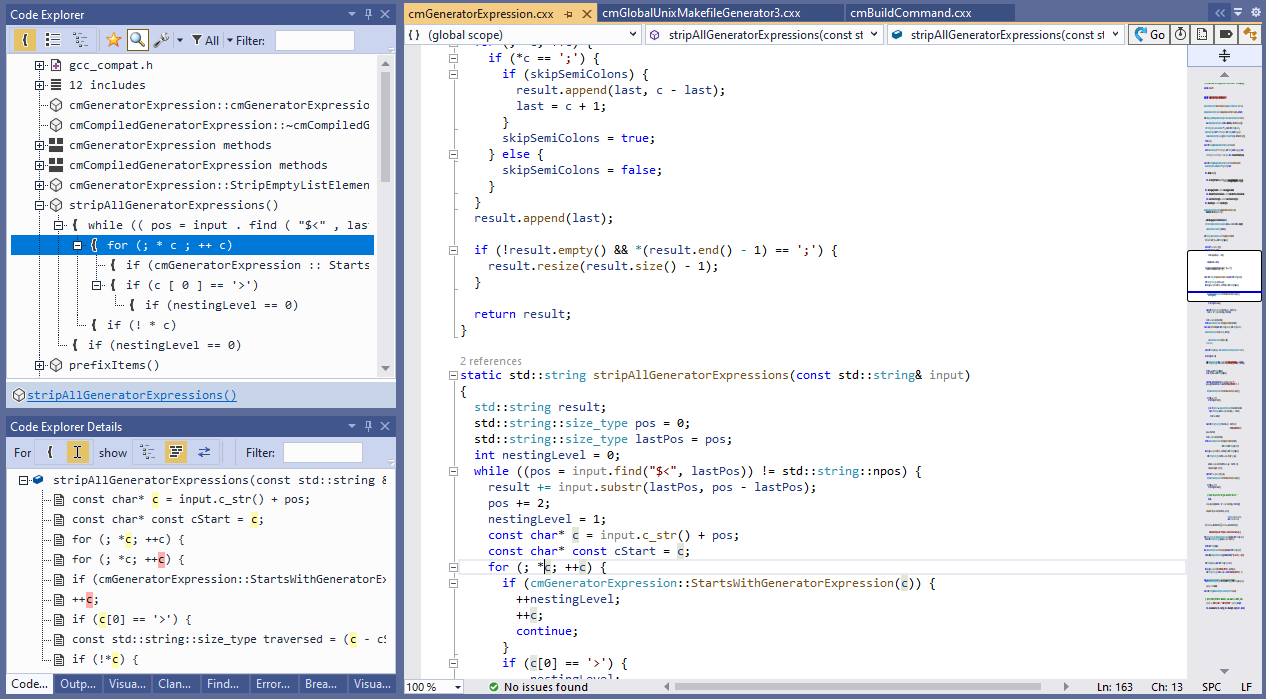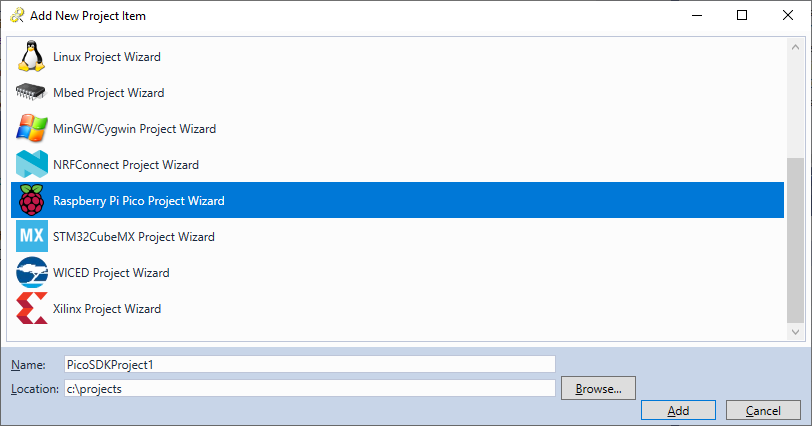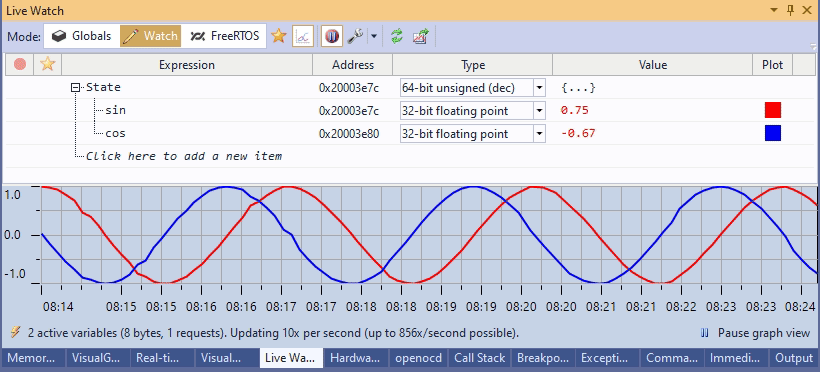Today we are proudly releasing VisualKernel 4.0 that introduces a huge usability improvement to kernel debugging workflows.
The Achilles’ heel of kernel debugging is trying to make sense of a complex live system running many operations simultaneously. Breakpoints and stepping provide some insights, but having the entire system stopped in the debugger often has side effects and breaks unexpected things.
VisualKernel 4.0 fixes this with Live Tracing – a new mechanism that allows quickly capturing, recording and reviewing arbitrary data at any point in time that could be interesting:  Continue reading Introducing Advanced Linux Kernel Tracing
Continue reading Introducing Advanced Linux Kernel Tracing



